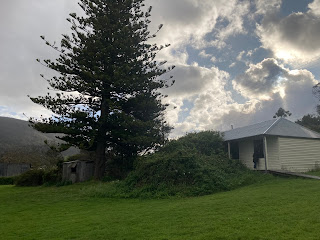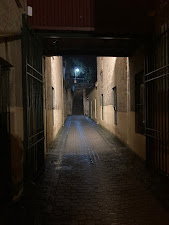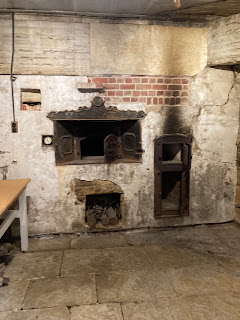A List of Offences and Punishments Extracted from the Port Arthur “Punishment Book”
July 1, 1840 – Having a spoon in possession contrary to orders. Twenty-four hours’ solitary confinement on bread and water.
December 26, 1840 – Absent without leave. Five days’ solitary confinement on bread and water.
January 13, 1841 – Absent without leave. Twenty stripes on the breech.
January 21, 1841 – Absent without leave. Ten days’ solitary confinement on bread and water.
February 12, 1841 – Absent without leave. Twenty stripes on the breech.
April 14, 1841 – Disorderly conduct on the chain. Five days’ solitary confinement on bread and water.
June 1, 1841 – Misconduct un using improper language to the overseer. Four days’ solitary confinement on bread and water.
June 23, 1841, Repeated disorderly conduct. Forty-eight hours’ solitary confinement.
December 31, 1841 - Absent without leave. Twenty-five stripes on the breech.
January 28, 1842 – Absent without leave. Two months’ labour in chains.
March 3, 1842 – Disorderly conduct. Five days’ solitary confinement on bread and water.
May 27, 1842 – Absent without leave. Ten days’ solitary confinement.
November 7, 1842 – Absent without leave. Twenty-five stripes on the breech.
November 9, 1842 – Insolence to the Superintendent. Ten days’ solitary confinement.
December 19, 1842 – Misconduct in sleeping out of his berth, and further, with breaking up the flooring of his silent apartment. Fourteen days’ solitary confinement.
January 7, 1843 – Misconduct in having a quantity of potatoes improperly in his possession. Five days’ solitary confinement.
Extracted from the book “Convicts of Van Diemen’s Land”, p. xi for educational purposes.
Allen Tiller 2023





















